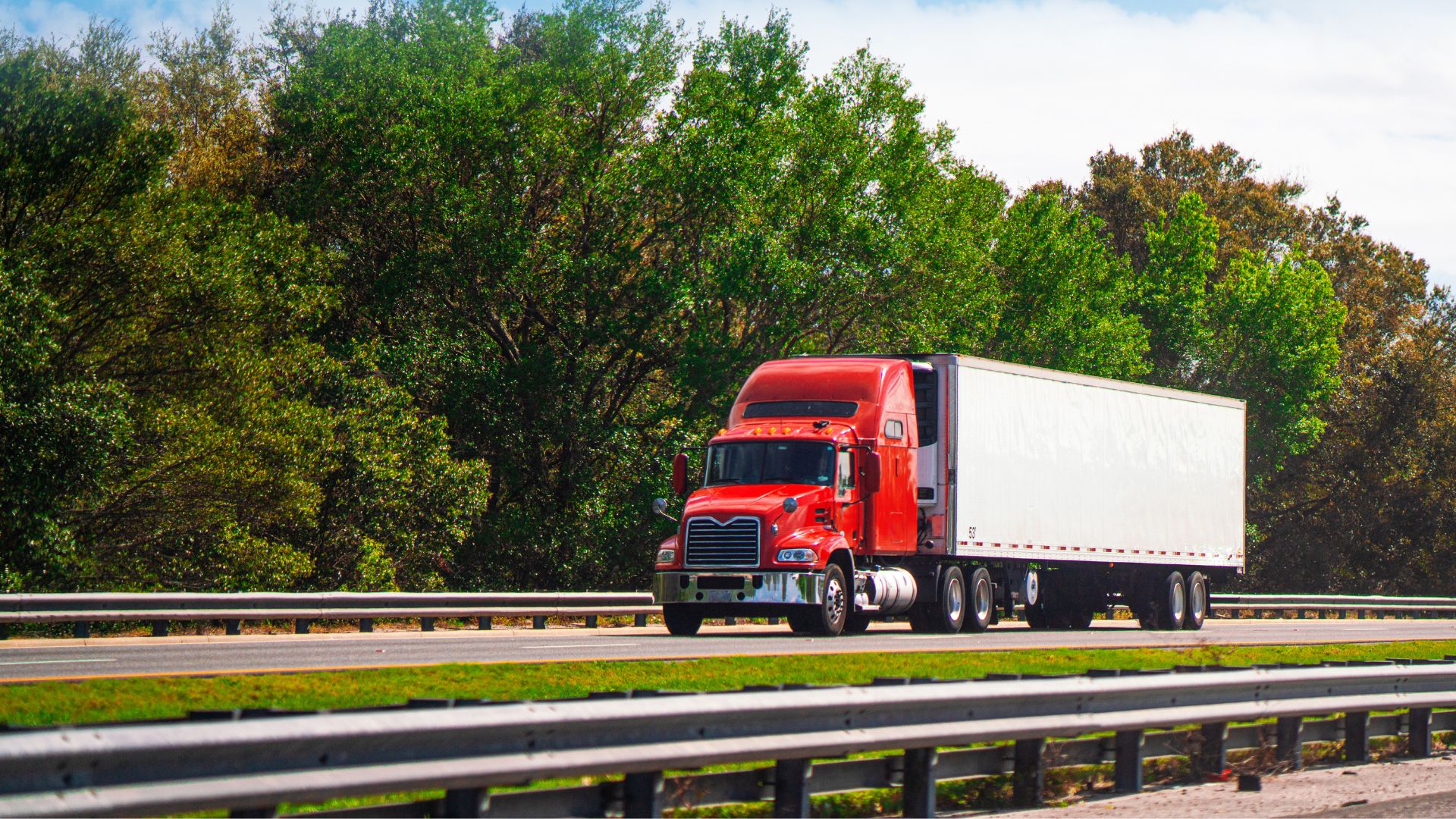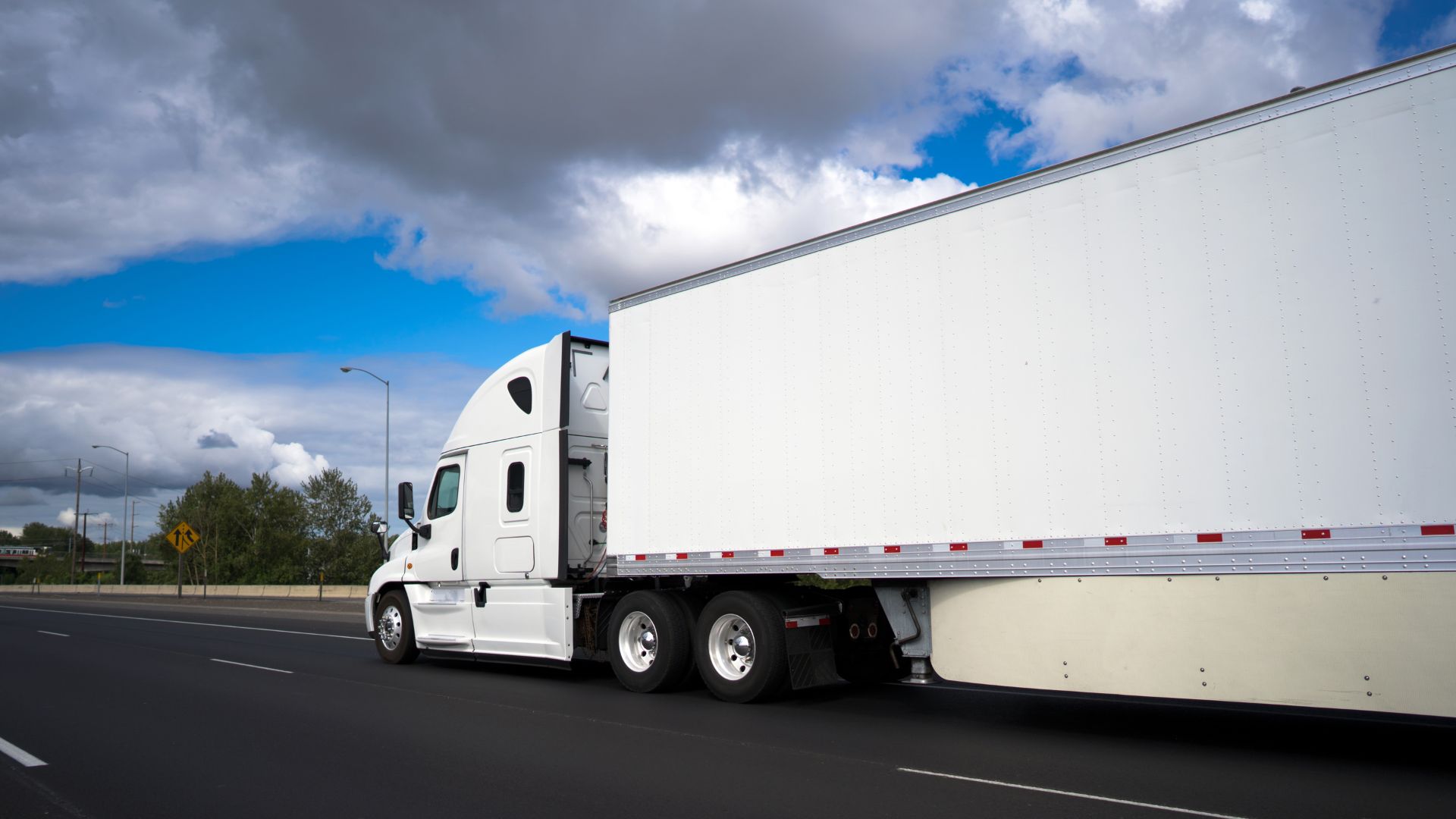Factors to Consider When Switching your TMS Software

If you own or manage a trucking or logistic company, you likely already know the value of a transportation management system (TMS). The transportation industry is constantly evolving and new, disruptive solutions are popping up left and right. It’s incredibly important to stay on top of those trends and know when it’s the right time to switch to a new TMS platform.
When shopping for a new platform, it’s vital to have a few key things in mind. Just because a transportation management system appears to have all the latest and greatest functionality, it doesn’t always mean that it’s ideal for your individual company. Let’s take a look at some key factors that you should keep in mind when looking to make the switch to a new TMS.
Prioritize Your Key Features
As we mentioned earlier, not all Transportation Management Systems are ideal for the size of your business or the nature of your operations. Not only will some TMS platforms be too expensive and complex to implement, some will require additional resources and staffing just to maintain the system over its lifespan.
There are some key features that you should consider when you’re weighing your TMS options. Some of these features may hold higher priority than others but typically you will want a system that has a good base set of functionality that covers some key areas ranging from:
- Quote and rating
- Strong Compliance and History Tracking
- Order entry and customer service modules
- Dispatch and driver management
- Strong reporting capabilities
- Accounting Integration
- Strong 3rd Party Integrations for telematics, EDI and ACE/ACI for e-manifests
While having a ton of features are important, it’s really key to understand how those features are solving your business challenges. There is no sense in paying for functionality that isn't needed, rather you should focus on finding a platform that offers modular features so you can scale easily as your business evolves.
User Experience Makes A Difference
Clunky complex software can be more of a hindrance to use than a solution, so when looking for a new system consider how easy it is to navigate through the software and how seamless it can be to move through different screens to perform tasks.
Look for a TMS that is intuitive and is designed to help reduce the learning curve and increase the adoption rate of the software across the organization.
Faster Implementation Times
Some Transportation Management Systems can take well over a year to implement. Looking for a system that allows you to quickly integrate into your operations can help you improve your productivity faster. Generally systems that involve lengthy implementation times is an indicator that the software could be too complex to use especially amongst your dispatchers which could translate to a steep learning curve and slow adoption rate.
Ideally you would want to look for software that can be implemented in under three months, that way you can realize the return on investment that much faster.
Consider The Hidden Costs of Ownership
Aside from the software licensing and hardware costs which could be a significant investment, consider some of the hidden costs of owning a transportation management software platform. If a system is too complex to use or doesn’t integrate easily then you run the risk of issues like lost productivity or worse yet, lack of adoption which generally leads to a failed implementation. The best software for your business isn’t necessarily the one that has all the latest features but rather, one that addresses your key business challenges while being used fully throughout the organization.
Read our TMS Buyer's Guide
Navigate the TMS software landscape with our comprehensive buyer's guide - find the perfect platform for your trucking business today.

Latest From the Blog
Our Insights on Tech, Industry Trends, and News.

How To Use Data to Improve Fleet Operations

Why Should You Invest in Route Optimization Software?

